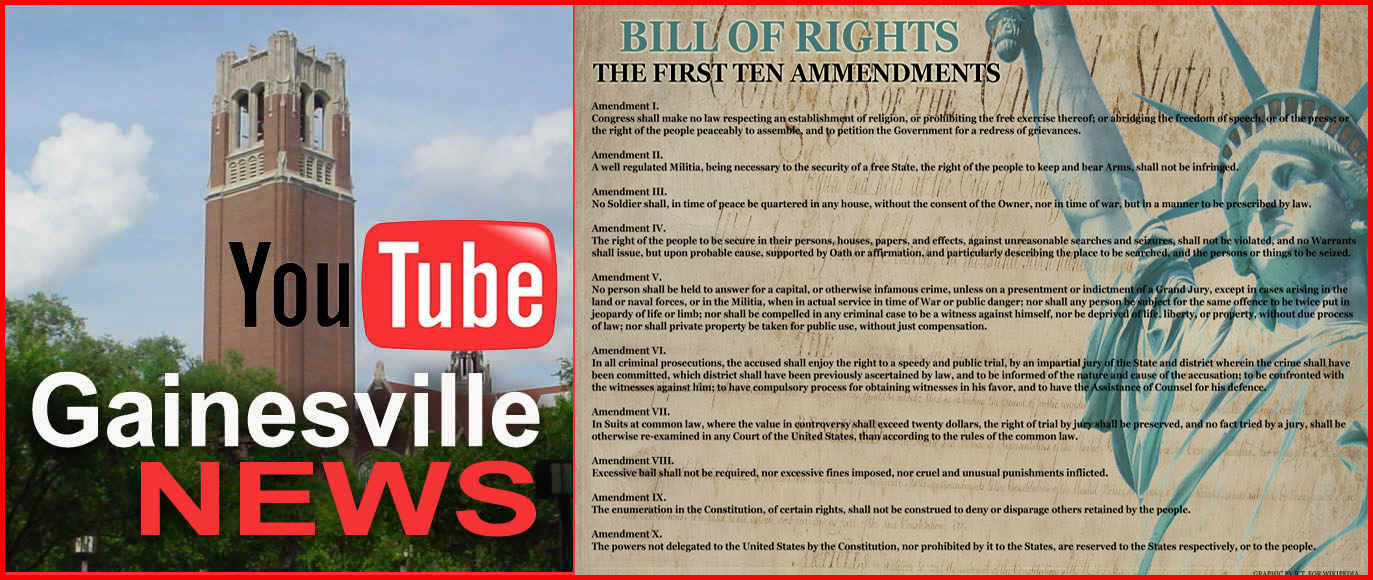Book says Asbestos not used in Twin Towers as fire retardant.
By Harold Saive - 3/17/2010
Angus Gillepie's Book: "TWIN TOWERS The Life of New York City's Trade Center" says a new product replaced asbestos as the fire retardant under pressure from the EPA.
The author's research details how asbestos application was stopped at the 34th floor of WTC-1 and replaced with a non-asbestos fire-retardant (BLAZE SHIELD II) that had been tested for equal effectiveness.
The replacement fire retardant: Isolatek, Blaze Shield II .
Source: http://www.isolatek.com/pdfs/CAFCO%20BLAZE-SHIELD%20II%20Brochure.pdf
Book excerpt from pages 109 - 112
"It had been standard industry practice for years in the steel buildings to use a spray-on fireproofing containing asbestos. The technique was to mix dry asbestos with water and shoot the mixture through a nozzle onto beams, floors, and ceilings. This step was regarded as necessary because steel, in a fire, will bend and warp. But just as work was well under way on the North Tower, the use of fireproofing materials containing asbestos had come under scrutiny by Dr. Irving J. Selikoff, director of the environmental sciences laboratory at the Mount Sinai School of Medicine. Dr. Selikoff's research proved what medical researchers had long suspected, that asbestos caused cancer. As a result of this work, the Environmental Protection Agency issued a restrictive set of standards covering the spraying of asbestos containing materials.
The EPA was especially concerned because in the spraying process as much as 50 percent of the asbestos escapes into the air. Ironically, the World Trade Center building was the first and only project in New York City where the spray contractor, Mario and DiBono, had taken precautions to prevent the scattering of dried asbestos as well as planning elaborate cleanup and disposal procedures.
The building's exterior on the floors where asbestos was being sprayed was tightly enclosed by canvas, and the asbestos spray work area was closed off from other interior areas. However, the job lacked a vacuum-cleaning operation as required by the new regulations.
By this time, construction had already reached the thirty fourth floor. A difficult decision was made to stop using fireproofing with asbestos. Meanwhile, an initial search to find alternatives came up with nothing. Fortunately, a new material came on the market, introduced by U.S. Mineral Products of Stanhope, New Jersey.
A look at the asbestos fire retardant applied to the steel structure Independent laboratory tests showed that the new material (Blaze Shield II) was as effective, from the stand point of fireproofing survivability, as the older one containing asbestos fibers. Then a difficult decision was made to change all of the spray in the World Trade Center, at the huge cost of $300,000. However, in retrospect, the decision to shift to the new material was the right one.
To remove asbestos from just one floor of the center now would cost more than a million dollars. While the public controversy about asbestos was making the evening television news, much of the routine work inside the skyscraper was proceeding without notice. This work would be invisible to the tenants of the completed skyscraper. They would care, of course, that the building was warm enough or cool enough. They would want water when they turned on the tap. They would want power when they plugged in an appliance."
Book Detail: “TWIN TOWERS” The Life of New York City's Trade Center
Author: Angus Kress Gillespie
Paperback: 320 pages
Excerpts from Pages 109-112
Publisher: NAL Trade; Revised edition (August 6, 2002)
ISBN-10: 0451206843
ISBN-13: 978-0451206848
Product: Isolatek, Blaze Shield II Replacement for asbestos fire retardant.
http://www.isolatek.com/pdfs/CAFCO%20BLAZE-SHIELD%20II%20Brochure.pdf



2 comments:
Thank you for sharing such information with us.
---------------------
Metal building
Great article.
Post a Comment